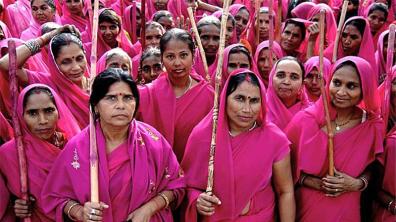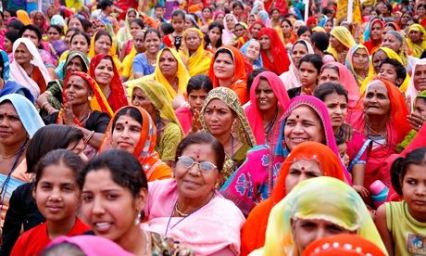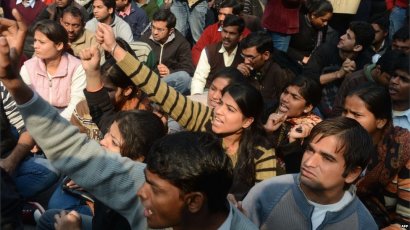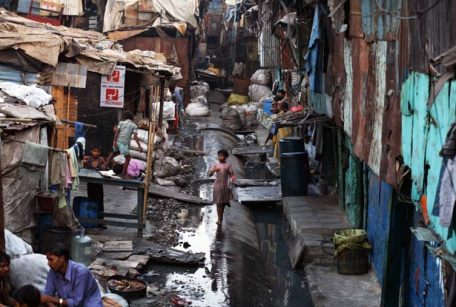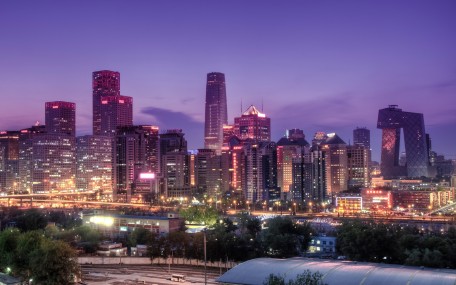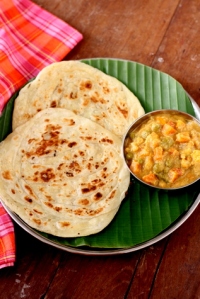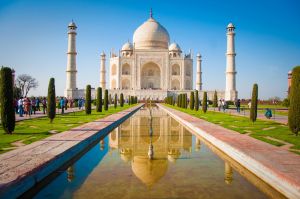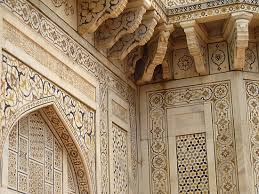Madonna or Magdalene
India and rape has become near synonyms, especially following the horrific 2012 gang rape of the 23-year old physiotherapy student in Delhi that resulted not only in her death, but global and national outrage, the growth of the Gulabi Gang (a gang of female activists dressed in pink, who carry sticks and attack men who try to violate women across India) and harsher laws against sexual assaults.
It’s big enough of a problem that sees female travelers shunning the place due to the perceived threat. Tourism fell by a whopping 35 percent after news of such sexual abuse were reported. Female travelers should follow clothing customs, and be more alert to their surroundings.
Pretty (tough) in pink
Disdain towards women is the problem. This begins from birth, where female infanticide is a huge problem. Families don’t want the burden of daughters, and choose the easy way of killing them at birth, or do sex-selective abortions. 3 million girls are lost to infanticide in India alone. If lucky enough to survive, she faces sexual assault in broad daylight, domestic abuse, and is largely reliant on the protection of her husband. If her husband dies, so does her prospects. 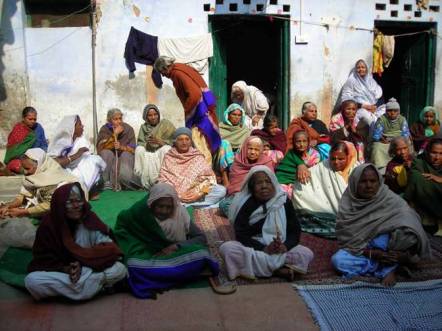
There’s a town in India with 6,000 widows, all cast out by families after their husband died or simply left alone
It’s incredible that such barbaric behaviour is still in practice. While worshipping the plethora of female deities and goddesses, Indian society still subjects almost half of its population to such treatment. It begs to question the role of the female in Indian society – are they Madonnas to be worshipped like the deities, or Magdalenes to be scorned?
Realistically speaking, it is cheaper to raise a son – no need to pay extra for expenses (such as tampons or bras) or to raise a dowry. Sons are also better regarded, since they are the ones who will carry the family name, and this disparity in perceived worthiness of both sexes carry on towards how one gender treats the other.
